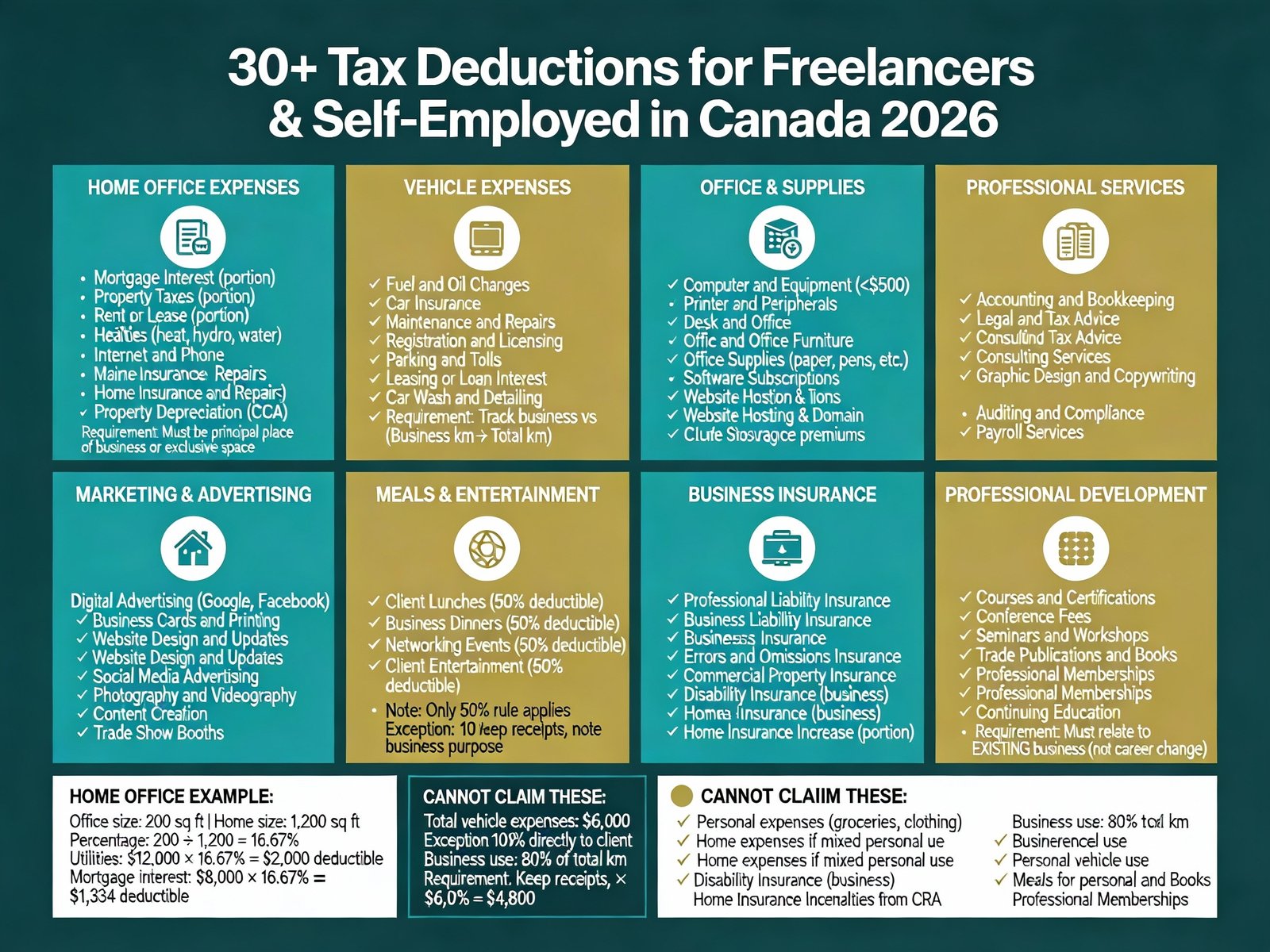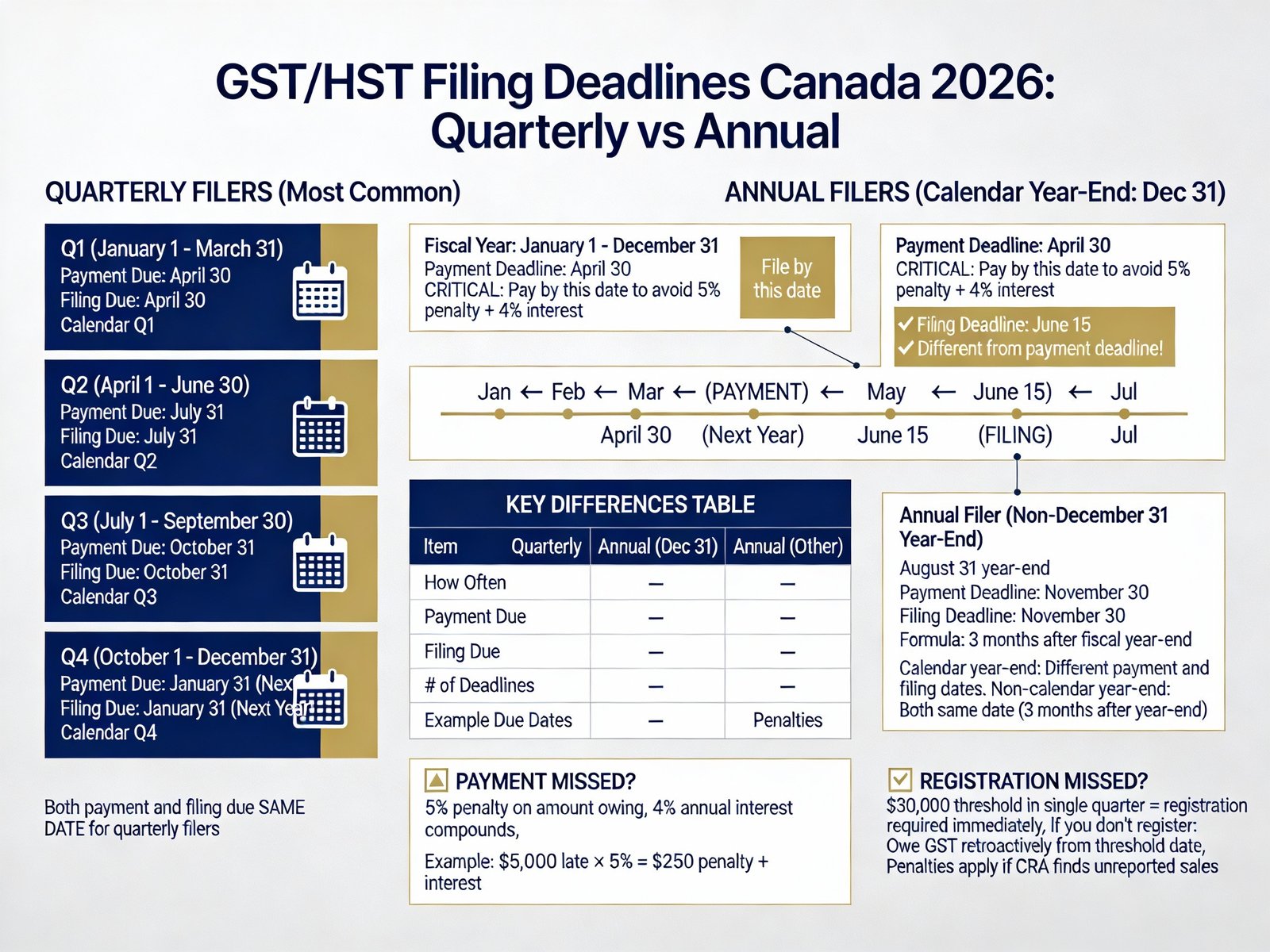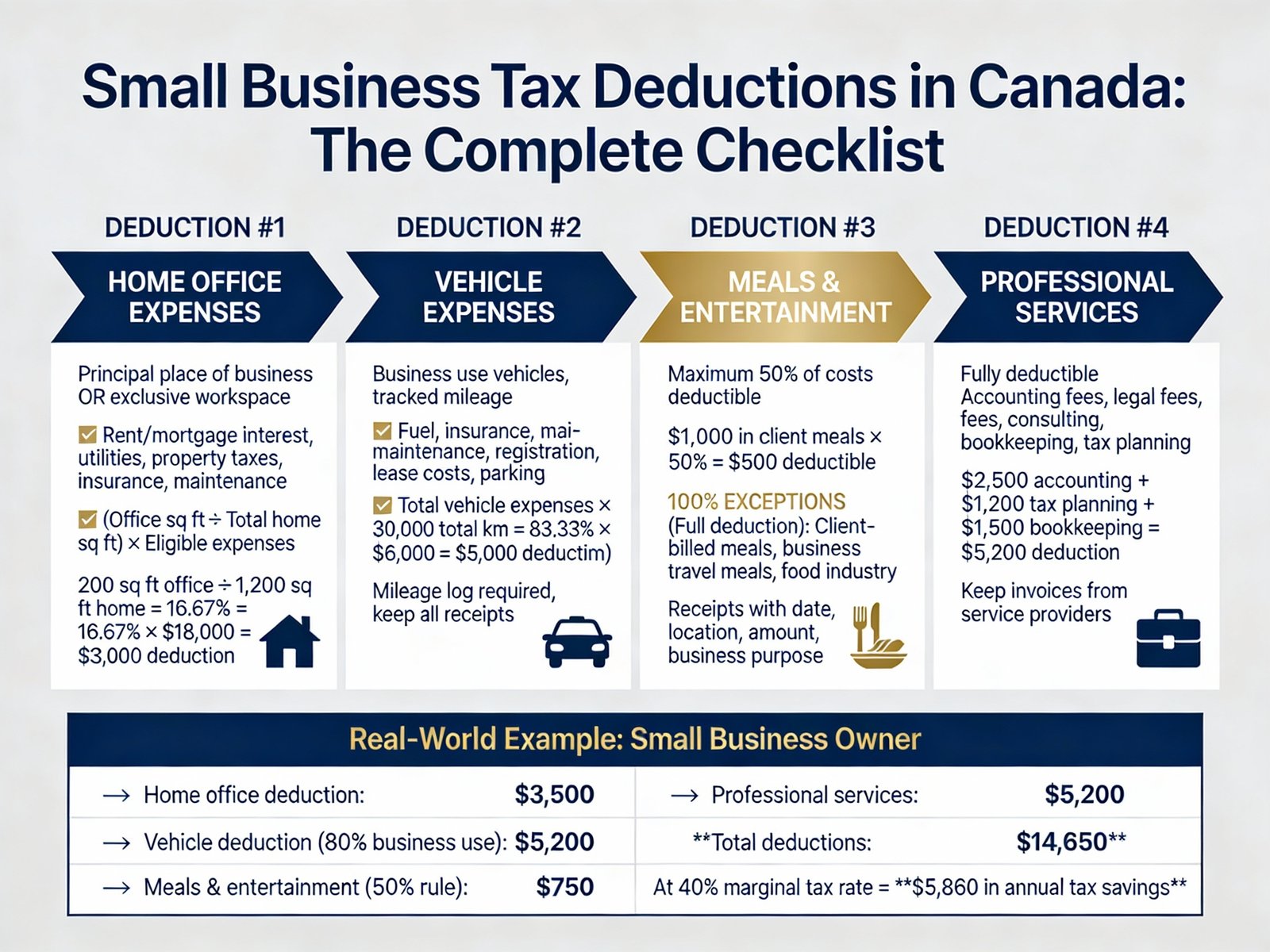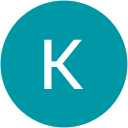Tax refund knowledge in Canada helps you manage your finances better during tax season. Statistics Canada reports that 19.1 million Canadians received tax refunds between February 2024 and January 2025, with an average return of $2,295. This represents the most important amount taxpayers get back each year!
The numbers show that all but one of these three Canadian tax filers qualify for a tax refund. Many Canadians want to learn about their tax refunds and understand how the return process works. Recent data shows the average tax refund exceeded $2,000, and you’ll learn exactly how the CRA calculates and sends these refunds.
The Canada Revenue Agency (CRA) processes refunds quickly. Electronic filings take about two weeks while paper returns need up to eight weeks. The CRA pays compound daily interest between 1% and 5% if your refund takes more than a month.
This piece covers everything about Canadian tax refunds, from calculations to ways that maximize your return. You’ll find practical information for your 2025 tax return, whether you work as an employee or run your own business.
What is a tax refund in Canada?
A tax refund in Canada is money the Canada Revenue Agency (CRA) owes you after they look at your income tax and benefit return. Tax refunds aren’t unexpected windfalls – they’re actually your own money coming back to you because you paid too much during the year. You get a refund when your total credits are higher than what you need to pay, which creates a negative balance the government must return.
Why refunds happen
You might get a tax refund for several reasons, but it usually happens because too much tax came out of your income throughout the year. Here’s what typically leads to refunds:
- Your employer took more tax than they needed from your paychecks
- You worked multiple jobs and each employer applied the simple personal amount
- You paid too much in quarterly installments as someone who’s self-employed
- You missed claiming tax deductions or credits you could have used
- You’re eligible for refundable tax credits
Your payroll department usually can’t factor in personal expenses that lower your tax bill, such as RRSP contributions, child-care expenses, spousal support payments, or charitable donations. These deductions often result in refunds when tax time rolls around.
Is a refund always a good thing?
Getting a big deposit in your bank account feels great, but financial experts say large tax refunds aren’t always the best thing. A refund means the CRA took too much tax from you throughout the year. This is a big deal as it means that money could have earned interest, gone into investments, or helped with your immediate needs instead of sitting in government accounts.
From a financial point of view, getting a large tax refund isn’t the best way to manage your taxes. To name just one example, see what happens if you get your tax refund on May 1st – some of that money might have been sitting unused for up to 16 months, depending on when you file. During this time, you’ve given the government an interest-free loan instead of using that money for your own goals.
How does tax refund work in Canada?
The Canadian tax refund process uses a simple calculation. Your tax return’s final step subtracts your total credits (line 48200) from your total payable amount (line 43500). A negative number goes on line 48400 of your return, suggesting the refund amount you’ll get. A positive number means you owe money that’s due by the deadline (entered on line 48500).
The CRA might hold back some or all of your refund if you have:
- An outstanding balance (or pending amount) with the CRA
- A garnishment order under the Family Orders and Agreements Enforcement Assistance Act
- Certain other federal, provincial, or territorial government debts (student loans, EI overpayments, etc.)
- Outstanding GST/HST returns from a sole proprietorship or partnership
- A refund amount of $2.79 or less
BOMCAS Canada’s accounting professionals are a great way to get answers to your questions and help you create the best tax strategy.
Note that filing your tax return is the only way to know if you’ll get a refund and how much you might receive. Each person’s situation is different based on their total income, tax credits they can use, and taxes they’ve already paid during the year.
How tax refunds work for employees and self-employed
The Canadian tax system treats employees and self-employed individuals differently. Both groups can get tax refunds, but the process varies. Employees get refunds mainly through payroll calculations. Self-employed Canadians must guide their way through quarterly payments that could lead to overpayments.
Payroll deductions and overpayments
Canadian employers must deduct three key items from employee paychecks: income tax, Canada Pension Plan (CPP) contributions, and Employment Insurance (EI) premiums. These deductions stay separate from business operating funds and remain in trust for the Receiver General.
Your tax refund often comes from excess withholdings throughout the year. This happens when:
- Your employer calculates deductions without including all your eligible tax credits
- You worked multiple jobs, and each employer applied the basic personal amount
- You switched jobs mid-year, so your new employer started deduction calculations fresh
Switching employers can lead to extra CPP and EI payments. Your new employer starts calculating premiums without knowing what you’ve paid at your previous job. This means you might pay more than the annual maximum limits.
The CRA will refund any excess mandatory deductions you claim on line 45000 of your tax return. They can either send you the extra money or use it to reduce what you owe. Small differences of $1.39 or less might not get refunded.
Quarterly installments for self-employed
Self-employed people follow a completely different tax payment system. Instead of employer withholdings, you calculate and pay your own taxes through quarterly installments.
You must make installment payments if you expect to owe more than $4,180.08 in annual income tax ($2,508.05 in Quebec). Payment dates are:
- March 15
- June 15
- September 15
- December 15
Farmers and fishers have a different schedule – their installments are due December 31.
The CRA gives you several ways to calculate installment amounts. You can base them on your estimated current year income, last year’s tax bill, or even your tax from two years ago. The CRA usually sends reminders twice a year with pre-calculated amounts.
Self-employed Canadians also pay both employee and employer portions of CPP contributions. While employees pay 5.95% of eligible earnings (for 2024), self-employed individuals contribute 11.9% up to $10,777.64.
How tax return works in Canada
Tax return deadlines differ between employees and self-employed people. Employees must file by April 30, while self-employed Canadians have until June 15. Everyone must pay any taxes owed by April 30, whatever their employment status.
Your tax return includes all income and eligible deductions. Employees get a T4 slip showing their earnings and deductions for the year. Self-employed individuals fill out Form T2125 (Statement of Business or Professional Activities) to show their self-employment income.
The CRA checks if you’ve paid too much or too little tax during processing. Overpayments mean you get a refund. Underpayments mean you owe more. You’ll receive a refund if your quarterly installments or payroll deductions exceed your actual tax bill.
BOMCAS Canada’s accounting professionals can help you understand your tax situation better and maximize your potential refunds. Our team is ready to answer your questions and help create the best tax strategy for you.
How to calculate your tax refund
Tax refund calculations might look scary at first, but they follow a simple math formula. Learning how the Canada Revenue Agency (CRA) calculates your refund will help you understand your financial position before tax season starts.
Step-by-step formula
Your tax refund calculation follows five key steps:
- Gather all tax documents – Get your T4s (employment income), T5s (investment income), and receipts for eligible deductions.
- Calculate total income – Add up all income sources from your information slips.
- Determine taxable income – Take away eligible deductions (like RRSP contributions) from your total income.
- Calculate total tax payable – Apply federal and provincial tax rates to your taxable income. A taxable income of $48,767.61 would mean federal tax of $7,315.14 (15% rate) and provincial tax of $2,462.76 (5.05% Ontario rate), adding up to $9,777.91.
- Find your refund amount – Take your total tax payable away from the tax your employer already withheld or you paid through installments. The difference becomes your refund if you paid more than needed.
Here’s a simple example: Your employer withheld $13,933.60 throughout the year but your calculated tax payable is only $9,777.91. You’d get a refund of $4,155.70.
Your refund could grow through various tax credits and deductions. Keeping organized records throughout the year is vital to maximize your return.
Using online tax calculators
Online tax calculators are a great alternative to manual calculations and give quick estimates of potential refunds. These tools usually ask for basic information about your:
- Income sources
- Tax already paid
- Eligible deductions
- Dependents and filing status
- Home ownership status
- Charitable donations
TurboTax calculator, H&R Block’s tax calculator, and the Wealthsimple tax calculator are popular choices. These tools stay current with the latest tax laws and give reasonably accurate projections.
These calculators shine because of their simplicity—they do the complex math while showing you immediate feedback about your tax situation. You can adjust your tax strategy before filing.
The calculators also factor in non-refundable tax credits like the basic personal amount, CPP/QPP, QPIP, EI premiums, and Canada employment amount.
Understanding line 43500 and 48200
Lines 43500 and 48200 on your tax return determine whether you’ll get a refund or owe more taxes.
Line 43500 (Total Payable) shows the federal and provincial/territorial taxes you owe before subtracting your credits. This has:
- Federal and provincial/territorial taxes
- CPP contributions on self-employment earnings
- Employment insurance premiums on self-employment
- Social benefits repayment
- Yukon First Nations Tax (if applicable)
Line 48200 (Total Credits) shows all taxes already paid plus eligible refundable credits.
The math is straightforward:
- A refund shows up on line 48400 when line 43500 (total payable) is less than line 48200 (total credits).
- You’ll see what you owe on line 48500 when line 43500 is greater than line 48200.
The CRA won’t issue a refund if your calculated amount is $2.79 or less.
BOMCAS Canada’s accounting professionals can help you understand your tax situation better or maximize potential refunds. They’re ready to answer questions and help optimize your tax strategy.
Your tax refund calculation remains an estimate until the CRA processes your return. All the same, these calculations are great tools to plan your finances as tax season approaches.
Ways to increase your tax refund
Want to get a bigger tax refund? Smart tax planning throughout the year can help you get more money back from the Canada Revenue Agency (CRA). Here are some proven ways to maximize your tax refund in Canada.
Contribute to RRSPs
Your Registered Retirement Savings Plan (RRSP) contributions are one of the quickest ways to get a bigger tax refund. These contributions lower your taxable income, and you could get back 20% to 50% of your contribution as a tax refund, based on your marginal tax rate.
Non-pension plan members can contribute up to 18% of their previous year’s earned income to a maximum of CAD 45,270.27 in 2025. Pension plan members have a limit of 18% of previous year’s earned income to a maximum of CAD 43,974.45 in 2024, minus pension adjustments.
You should know that unused contribution room carries forward indefinitely from 1991 onwards. To cite an instance, if your 2024 maximum contribution was CAD 43,974.45 but you only contributed CAD 27,867.20, you can add the remaining CAD 16,107.24 to your 2025 contribution limit.
BOMCAS Canada’s professionals can help you understand your RRSP contribution options and tax implications better. They’re ready to answer your questions and help you save more on taxes.
Claim child care expenses
Child care expenses give you another great way to get a bigger tax refund. Parents who qualify can claim up to CAD 11,146.88 per child under seven years old and up to CAD 6,966.80 per child between seven and 16 years.
You can claim these expenses:
- Payments to licensed daycare centers or nursery schools
- Wages for nannies or caregivers
- Child care portions of educational institution fees
- Day camps and day sports schools
The lower-income spouse must claim these expenses in two-parent households. You need to have paid these expenses to work, run a business, attend school, or conduct grant-funded research.
Use tuition and education credits
Tuition tax credits are a big deal as it means that students and their families can get substantial refunds. Your tuition fees must be over CAD 139.34 per educational institution to qualify. The federal non-refundable tax credit equals 15% of your eligible tuition amount.
These credits work in several ways:
- You can carry forward unused amounts indefinitely
- You can transfer up to CAD 6,966.80 to a spouse, parent, or grandparent
- Both Canadian and international educational institutions might qualify
Eligible fees include examination fees, admission fees, charges for certificates or diplomas, and mandatory computer service fees. But you can’t claim expenses that employers or government programs reimbursed unless those amounts were part of your income.
Apply for refundable tax credits
Refundable tax credits stand out because they can generate a refund even if you don’t owe income tax. This makes them valuable tools to maximize your return.
Key refundable tax credits include:
- Canada Workers Benefit: Up to CAD 1,989.72 for qualifying low-income individuals and up to CAD 3,429.06 for qualifying families
- CWB disability supplement: Up to CAD 1,026.91 for people with disabilities and their families
- Eligible Educator School Supply Tax Credit: Up to CAD 348.34 for qualifying teachers who buy teaching supplies
- Canada training credit: 50% back on eligible education expenses with a lifetime limit of CAD 6,966.80
Remember to file your taxes every year and include all required receipts and documentation to access these credits.
The best results come from combining several strategies that match your specific situation. BOMCAS Canada’s accounting professionals can give you tailored guidance on maximizing your tax refund. Get in touch with them today.
How to reduce overpayment and get more monthly income
A big tax refund might sound great, but it actually means you’ve let the government borrow your money without interest all year long. You could put that money to better use each month. The good news? Several legitimate ways exist to reduce your tax overpayment and boost your take-home pay.
Adjusting TD1 form with your employer
The TD1 Personal Tax Credits Return form guides your employer to calculate the right tax deductions from your paycheck. Starting a new job? This form determines your tax withholding based on eligible non-refundable tax credits, such as spousal amounts, caregiver amounts, and education-related credits.
You need to fill out a new TD1 form when changes affect your tax credits. These changes include:
- Getting married or entering a common-law relationship
- Having a child
- Enrolling in university or college
- Becoming eligible for disability credits
Note that you have just 7 days after any most important change to submit a revised TD1 form to your employer. Your employer will keep making deductions based on old information without an updated form, which could lead to unnecessary overpayments.
When to request lower tax deductions
Beyond simple TD1 adjustments, Form T1213 (Request to Reduce Tax Deductions at Source) lets you formally ask for reduced tax withholding. This works great especially when you have substantial deductions your payroll department doesn’t usually factor in.
You might want to submit a T1213 request if you:
- Make substantial RRSP contributions throughout the year
- Expect significant child care expenses
- Anticipate rental property losses
- Plan major charitable donations
- Pay deductible support payments
The process is simple – send your completed T1213 to the Canada Revenue Agency. Once approved, you’ll get an authorization letter to give your employer. Your payroll department will then reduce your tax withholding, which gives you access to your refund money throughout the year instead of waiting until tax season.
This approach brings two key benefits. Your monthly cash flow improves to handle everyday expenses like rent, debt payments, or childcare costs. Smart savers can also invest these extra funds throughout the year in high-interest savings accounts or other investments, potentially earning returns on money that would otherwise sit in government accounts.
Risks of underpaying taxes
Lower tax deductions mean more monthly income, but this strategy needs careful planning. You might face an unexpected tax bill when filing your return if you underpay throughout the year. This becomes particularly important if your financial situation changes or you miscalculate your eligible deductions.
The CRA might charge interest or penalties if you consistently underpay your taxes by a large amount. Working with a tax professional helps you accurately determine how much to reduce your withholdings while staying compliant with tax regulations.
BOMCAS Canada can help you better understand your taxes. Their professionals stand ready to answer your questions and help you maximize your tax strategy. Reach out to BOMCAS Canada Accounting Firm today to get tailored guidance on optimizing your tax withholdings.
Finding the right balance between immediate cash flow needs and annual tax obligations matters more than eliminating your tax refund entirely. Smart planning lets you enjoy more of your hard-earned money throughout the year while avoiding surprises at tax time.
When and how you’ll receive your tax refund
The wait for your tax refund starts right after you file your return. A good grasp of delivery methods and typical wait times will help you plan your finances better.
CRA refund timelines
The Canada Revenue Agency (CRA) handles tax refunds based on your filing method:
- Electronic filing (NETFILE): Takes about 2 weeks to process
- Paper filing: Takes up to 8 weeks to process
These timeframes show standard processing periods, but your actual wait time might differ based on your situation. To cite an instance, filing near the deadline in late April could mean longer waits because of high volume.
Your return might take extra time if it needs manual review or additional checks. The CRA processes most straightforward returns within these timeframes if there are no errors that need investigation.
The CRA will pay you compound daily interest if they take more than 31 days after May 30 to send your refund for the current year’s return. This interest varies between 1% and 5% based on the quarter’s prescribed rate.
Direct deposit vs cheque
The CRA lets you get your tax refund in two ways:
Direct deposit comes with these benefits:
- Quicker delivery (usually 3-5 business days after processing)
- Zero risk of lost or stolen cheques
- Better for the environment
- Future benefits deposit automatically
You can set up direct deposit through CRA My Account in minutes. You can also add deposit details on your tax return or fill out Form 464 (Direct Deposit Request form).
Paper cheques are still available but have clear drawbacks:
- Takes longer to arrive (extra 5-10 business days)
- Mail theft or loss is possible
- Requires a trip to your bank
The CRA recommends direct deposit as the best option. Make sure you update your banking details with the CRA before closing any linked accounts to avoid refund delays.
How to check your refund status
Wondering about your refund? The CRA offers several ways to track it:
- CRA My Account: This gives you the most detailed information about your return, assessment, and refund status
- MyCRA mobile app: A quick way to check basic status details on your phone
- Telerefund automated phone service: Check your status by calling 1-800-959-1956 with your SIN, birth date, and return details
- CRA Individual Tax Enquiries line: Call 1-800-959-8281 to talk with a CRA agent about complex issues
BOMCAS Canada’s professionals are a great way to get tax help or track down delayed refunds. They can answer your questions and improve your tax strategy.
Note that refund status updates happen within 24 hours after the CRA processes your return. Frequent checks won’t make it faster, but occasional monitoring helps you catch any issues that need attention.
Why your refund might be delayed or reduced
Looking forward to your tax refund? Several things could delay or reduce the amount you predicted. Here’s what you need to know about possible delays while you wait for your money from the Canada Revenue Agency (CRA).
Outstanding debts or government balances
The CRA can redirect your refund to cover existing debts before sending you what’s left. The agency started offsetting taxpayer debt with tax refunds again in October 2022. Your refund might shrink or disappear if you have:
- An outstanding tax balance from previous years
- A garnishment order under the Family Orders and Agreements Enforcement Assistance Act
- Unpaid student loans or employment insurance overpayments
- Immigration loans or training allowance overpayments
- Outstanding GST/HST returns (if you have self-employment income)
The CRA will not use your refund to pay someone else’s debt. However, tax refunds might go toward your outstanding tax debt if you’re in a consumer proposal.
Refunds under $2
Everyone wants their money back, but the CRA has set minimum amounts for processing refunds. The agency won’t send refunds of CAD 2.79 or less. You won’t get your money if your refund is below this amount.
The CRA lets you move small refund amounts to next year’s installment account. Just mark this preference when filing online or add a note to your paper return.
CRA review or audit
The CRA reviews about 3 million Canadian tax returns each year as part of standard compliance checks. A review is different from an audit – it’s usually just a quick check of your return information.
Your return might get reviewed because of:
- Random selection
- Differences between your return and information from others
- Big changes from previous returns
- Past adjusted claims
The CRA will send you a letter asking for more documents if they select your return. Make sure to respond within 30 days. The CRA will otherwise make changes based only on what they have, which might not work in your favor.
BOMCAS Canada’s professionals can help you understand your taxes better. They’re ready to answer your questions and help improve your tax strategy.
How to adjust your tax return if needed
Did you find a mistake on your tax return after filing? The Canada Revenue Agency (CRA) lets taxpayers make changes to their filed returns.
Using CRA My Account
Your CRA My Account offers the quickest way to adjust your return. You need to wait for your Notice of Assessment before you can request any changes. Here’s how to make adjustments online:
- Sign in to your CRA account
- Select “Tax returns”
- Find and select “Change my return”
The service guides you through common updates such as adding tax slips or claiming missed credits. Most online adjustments take 2 weeks to process.
ReFILE and T1 Adjustment Request
The ReFILE service allows electronic adjustment requests through your NETFILE-certified tax software if you filed electronically. You can use this option for returns from the previous four tax years.
You can also submit Form T1-ADJ (T1 Adjustment Request) on paper. Remember to include your:
- Social Insurance Number
- Tax year needing adjustment
- Revised amounts
- Supporting documentation
Paper submissions usually take 30 weeks to process.
Deadline for reassessments
The CRA allows changes to returns from the previous 10 calendar years. This means you can adjust returns back to 2015 if you’re filing in 2025. Processing times might extend to 50 weeks for:
- Multiple tax returns
- Years beyond the normal 3-year reassessment period
- Bankruptcy returns
- Deceased taxpayer returns
BOMCAS Canada’s tax professionals can help you understand your taxes better. They’re ready to answer your questions and help create the best tax strategy for you.
Conclusion
Knowledge of the Canadian tax refund system helps you make smart financial decisions throughout the year. Tax refunds aren’t mysterious windfalls – they’re simply your own money coming back after overpayment. You might receive the national average of $2,295 or a different amount, but understanding how refunds work gives you control over your tax situation.
A large refund might feel good, but it represents money you could have used throughout the year instead of giving an interest-free loan to the government. You should think over adjusting your tax withholdings through TD1 forms or T1213 requests if it fits your situation.
Payroll calculation differences usually lead to refunds for employees, while self-employed Canadians must manage quarterly installments that could result in overpayment. Tax planning through RRSP contributions, claiming eligible expenses, and applying for proper tax credits can boost your refund amount by a lot.
Electronic filing gets your refund processed within two weeks, while paper returns take up to eight weeks. Direct deposit remains the quickest and most secure way to receive your money compared to paper checks.
The Canadian tax system provides many ways to improve your financial position during tax season. Small changes to your tax strategy can make big differences to your bottom line. Your knowledge of how refunds work leads to better choices about tax withholdings, deductions, and credits year-round.
BOMCAS Canada’s accounting professionals can answer your specific tax questions and help optimize your tax strategy. Contact their accounting firm today to make the most of available opportunities while staying compliant with current tax regulations.
Key Takeaways
Understanding how tax refunds work in Canada empowers you to make smarter financial decisions and optimize your tax strategy throughout the year.
• Tax refunds are your own money returned – The average Canadian refund of $2,295 represents overpayment, not free money from the government.
• Strategic planning maximizes refunds – RRSP contributions, child care expenses, and refundable tax credits can significantly boost your return amount.
• Adjust withholdings for better cash flow – Use TD1 forms or T1213 requests to reduce tax deductions and access your money monthly instead of waiting for refunds.
• Electronic filing speeds up processing – E-filed returns process within 2 weeks versus 8 weeks for paper, with direct deposit being the fastest delivery method.
• Outstanding debts can reduce refunds – The CRA may apply your refund to unpaid taxes, student loans, or other government debts before issuing payment.
Remember that while large refunds feel rewarding, they represent missed opportunities to use your money throughout the year for investments, debt payments, or immediate needs. The key is finding the right balance between adequate tax withholding and optimal cash flow management.
FAQs
Q1. When can I expect my tax refund in Canada for the 2025 tax year? For electronic filings, refunds are typically processed within 2 weeks. Paper returns may take up to 8 weeks to process. Direct deposit is the fastest way to receive your refund, often arriving 3-5 business days after processing.
Q2. How is my tax refund calculated in Canada? Your refund is calculated by subtracting your total tax payable from the taxes you’ve already paid throughout the year. This includes income tax deducted from your paychecks, as well as any installment payments made. Various credits and deductions can increase your refund amount.
Q3. What can I do to increase my tax refund? You can increase your refund by maximizing eligible deductions and credits. This includes contributing to RRSPs, claiming child care expenses, utilizing tuition and education credits, and applying for refundable tax credits like the Canada Workers Benefit.
Q4. Why might my tax refund be delayed or reduced? Your refund could be delayed or reduced due to outstanding debts or government balances, such as unpaid taxes or student loans. The CRA may apply your refund to these debts before issuing any remaining amount. Additionally, refunds under $2 are not issued, and a CRA review or audit can also cause delays.
Q5. How can I adjust my tax return if I made a mistake? You can adjust your tax return using the CRA My Account online service, which typically processes changes within 2 weeks. Alternatively, you can use the ReFILE service through NETFILE-certified tax software or submit a T1 Adjustment Request form. You have up to 10 years to request changes to previous tax returns.










 View Our Location
View Our Location





 181 Meadowview Bay, Sherwood Park, AB T8H 1P7, Canada (Online Clients Only)
181 Meadowview Bay, Sherwood Park, AB T8H 1P7, Canada (Online Clients Only)